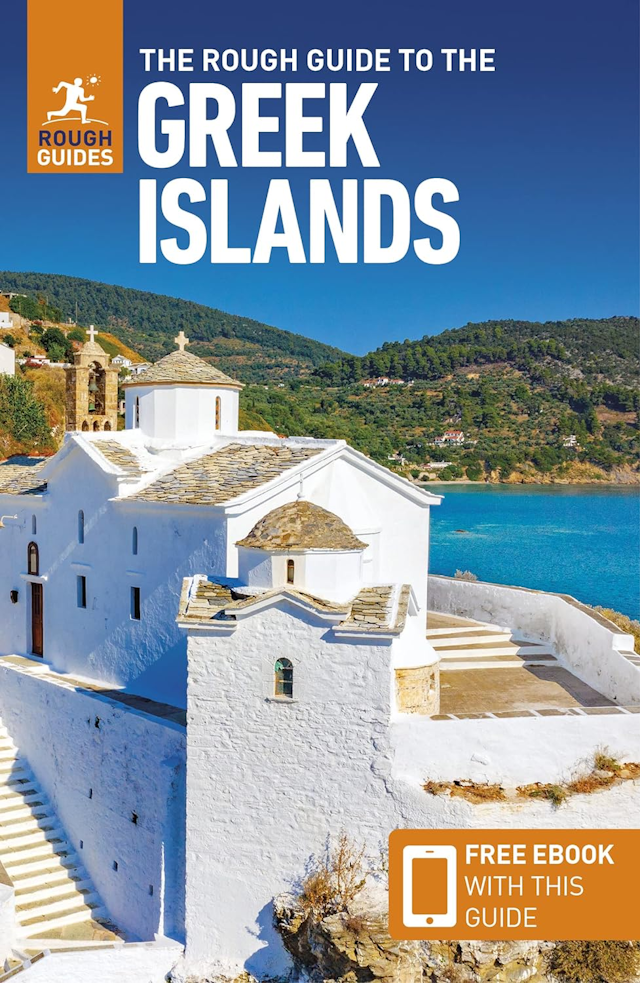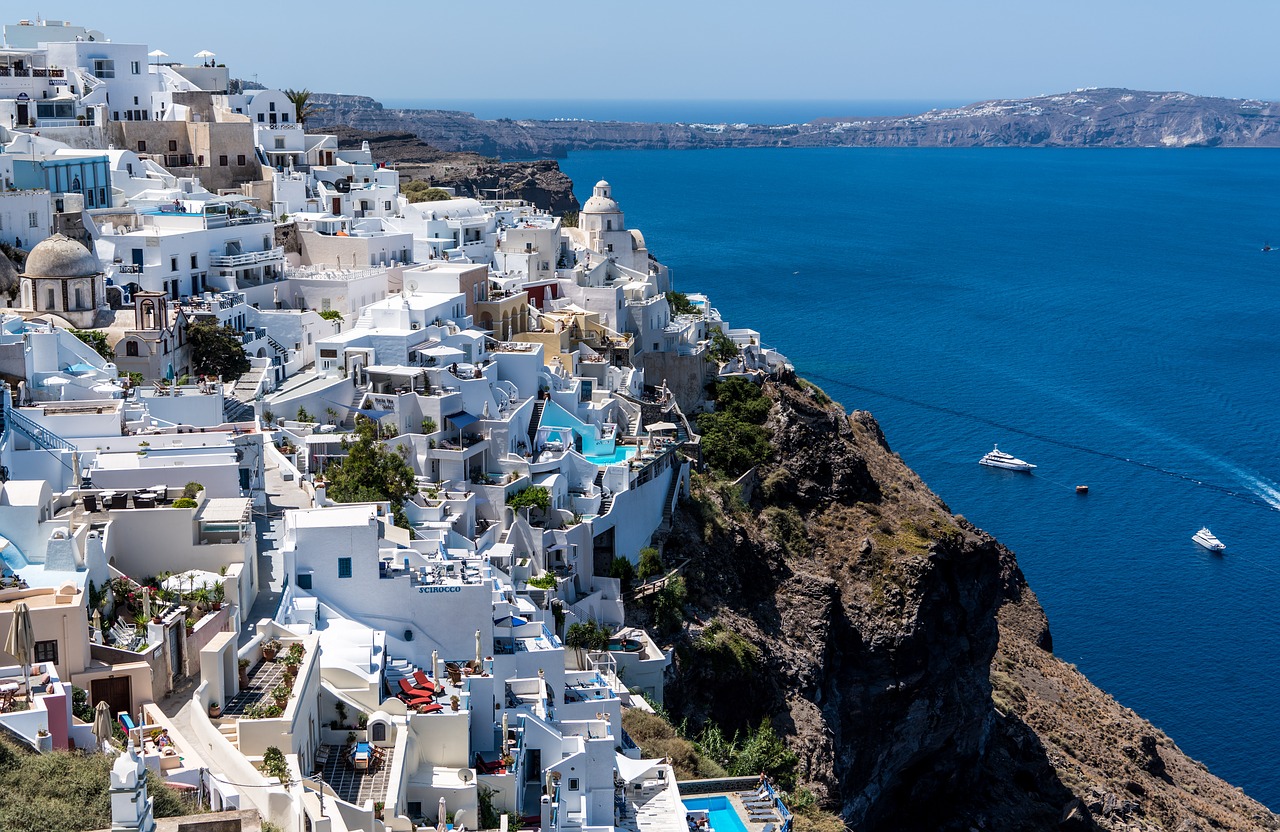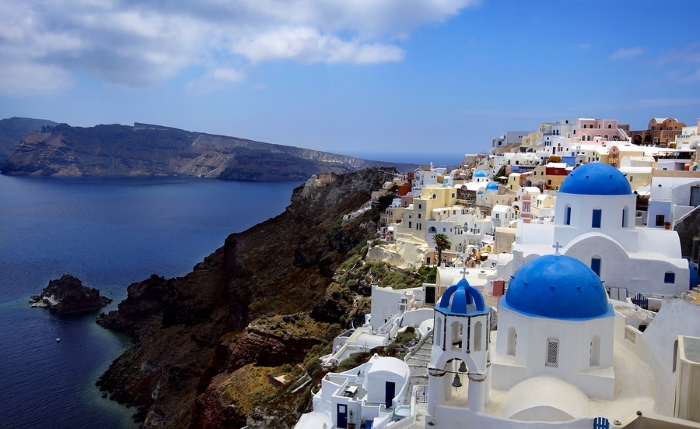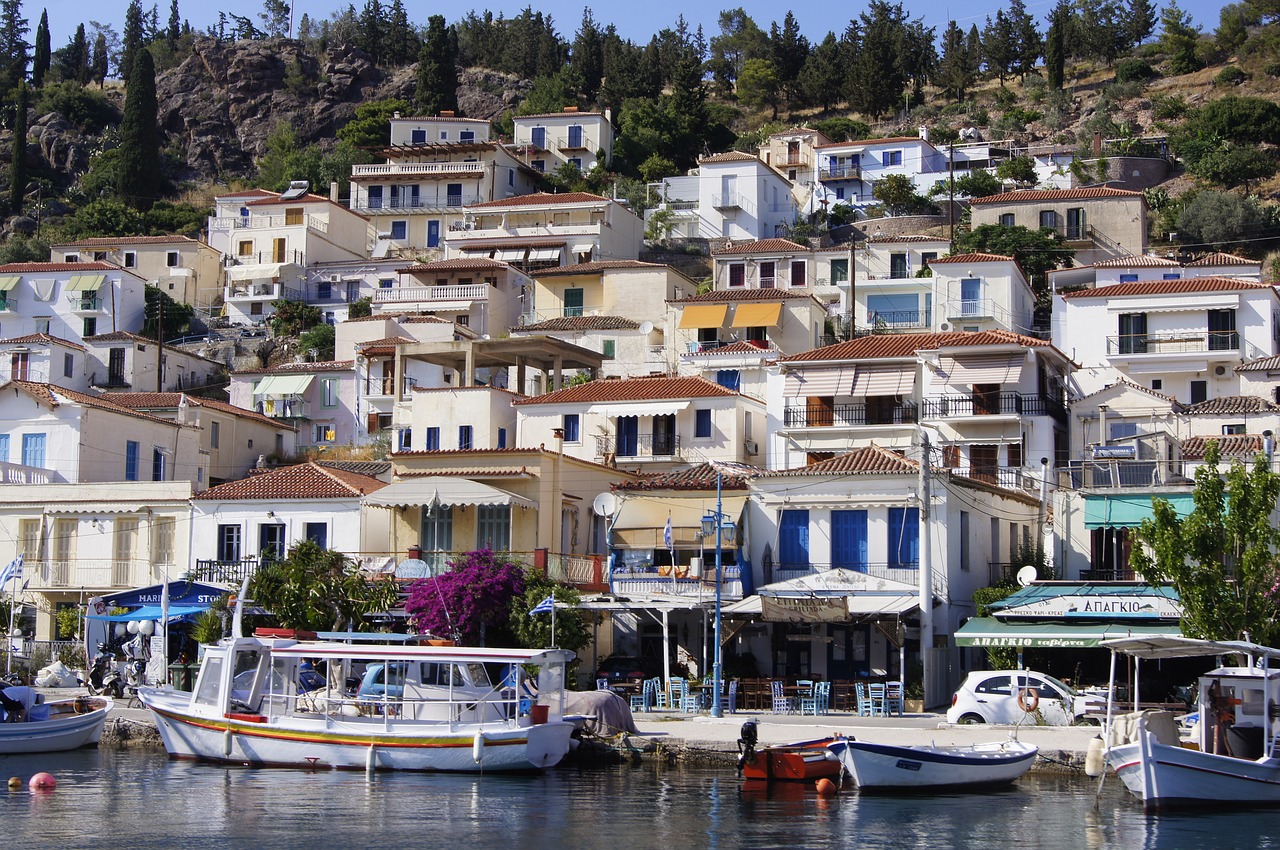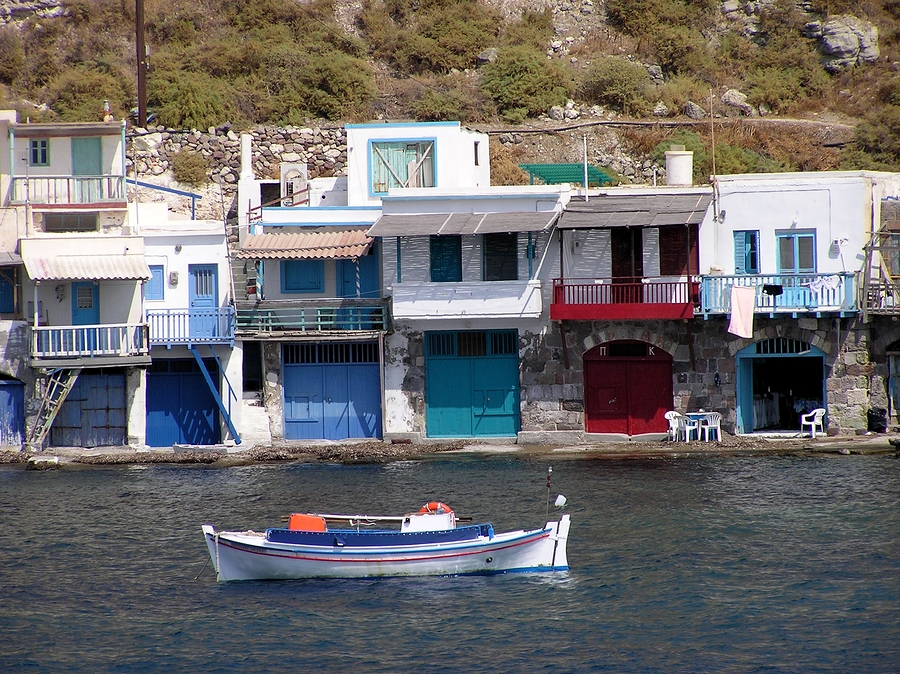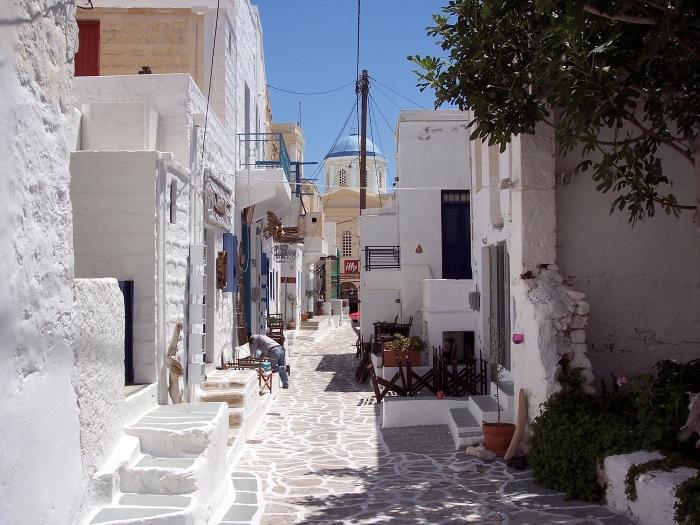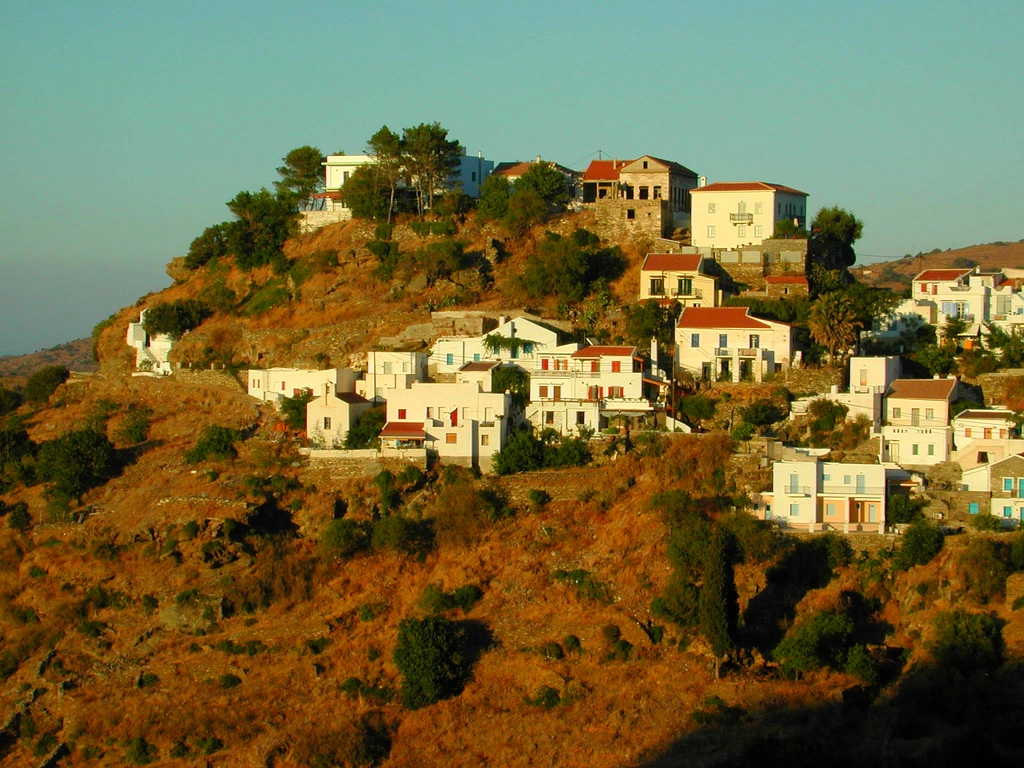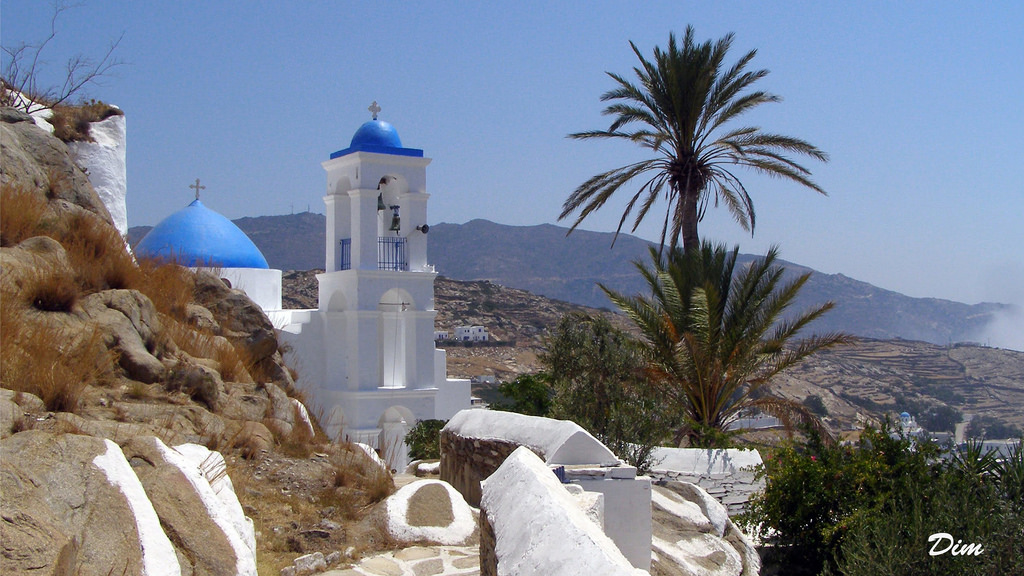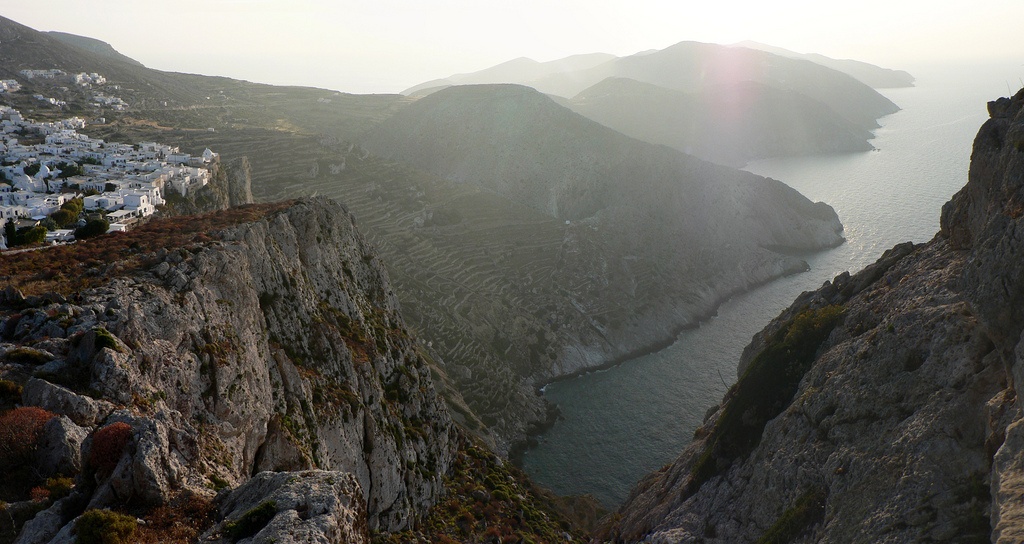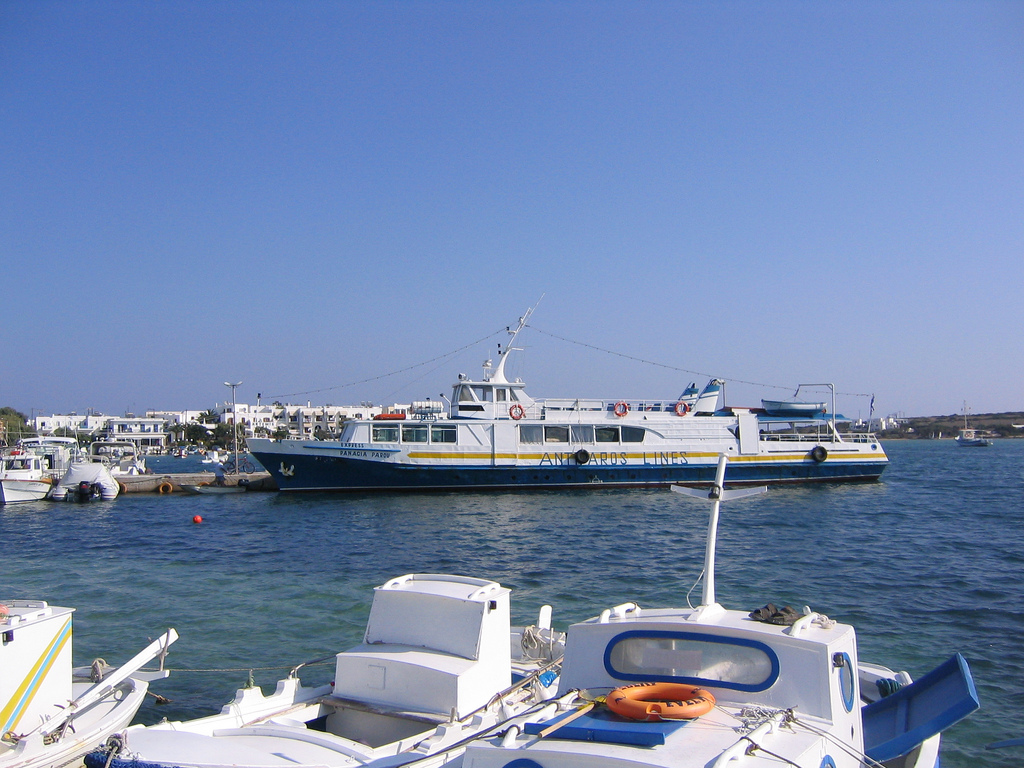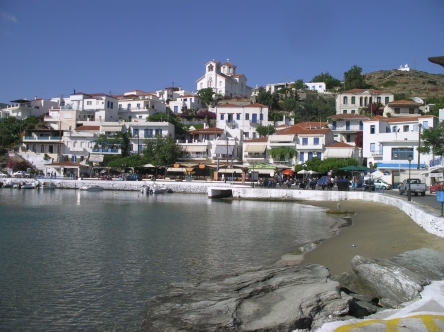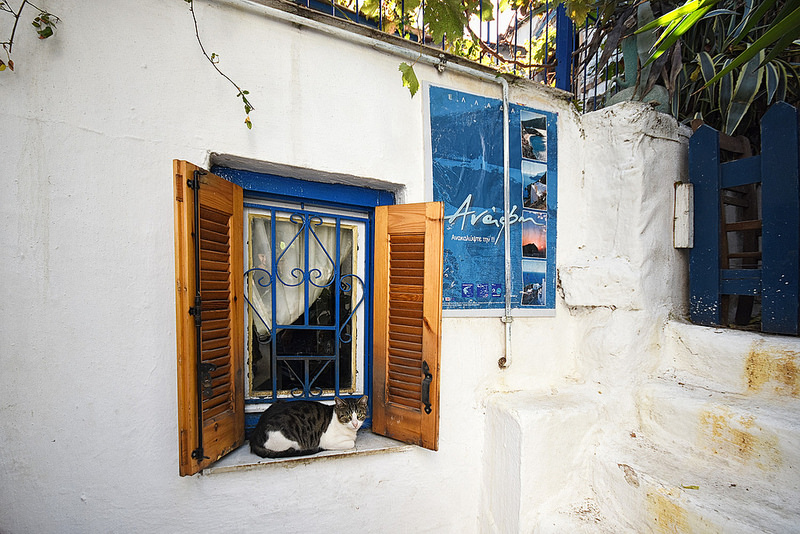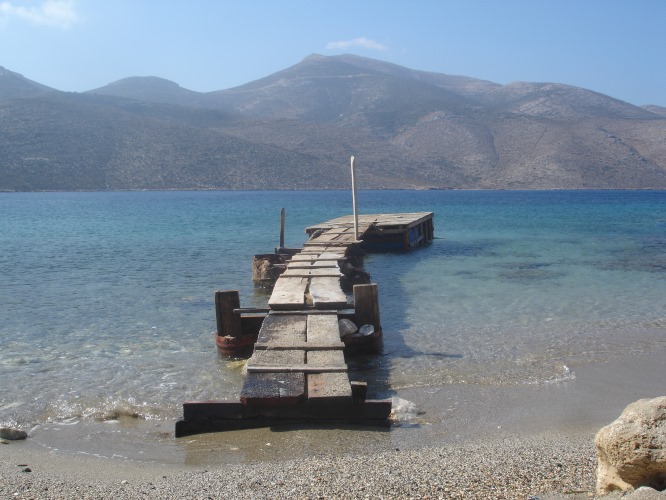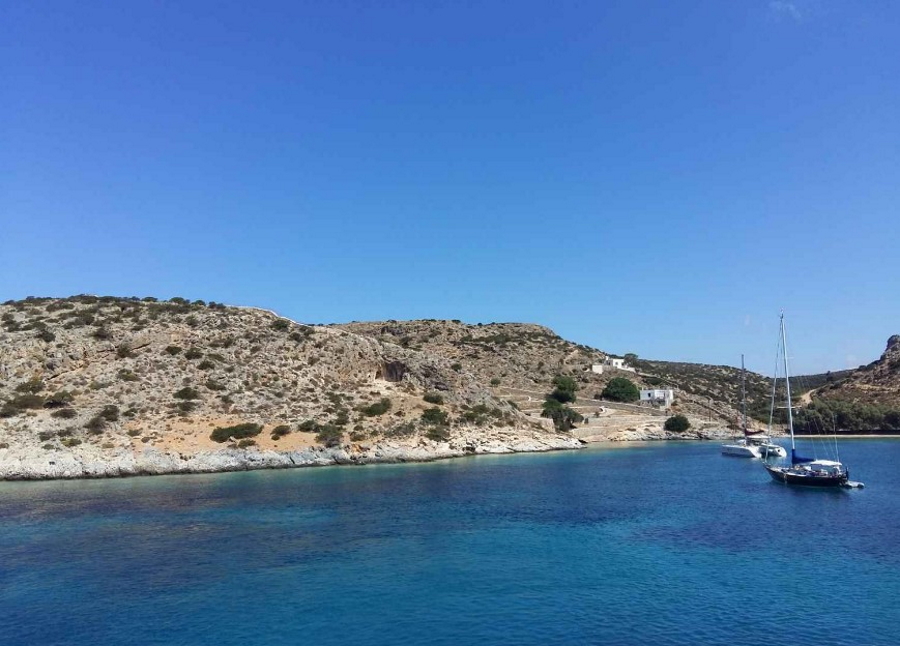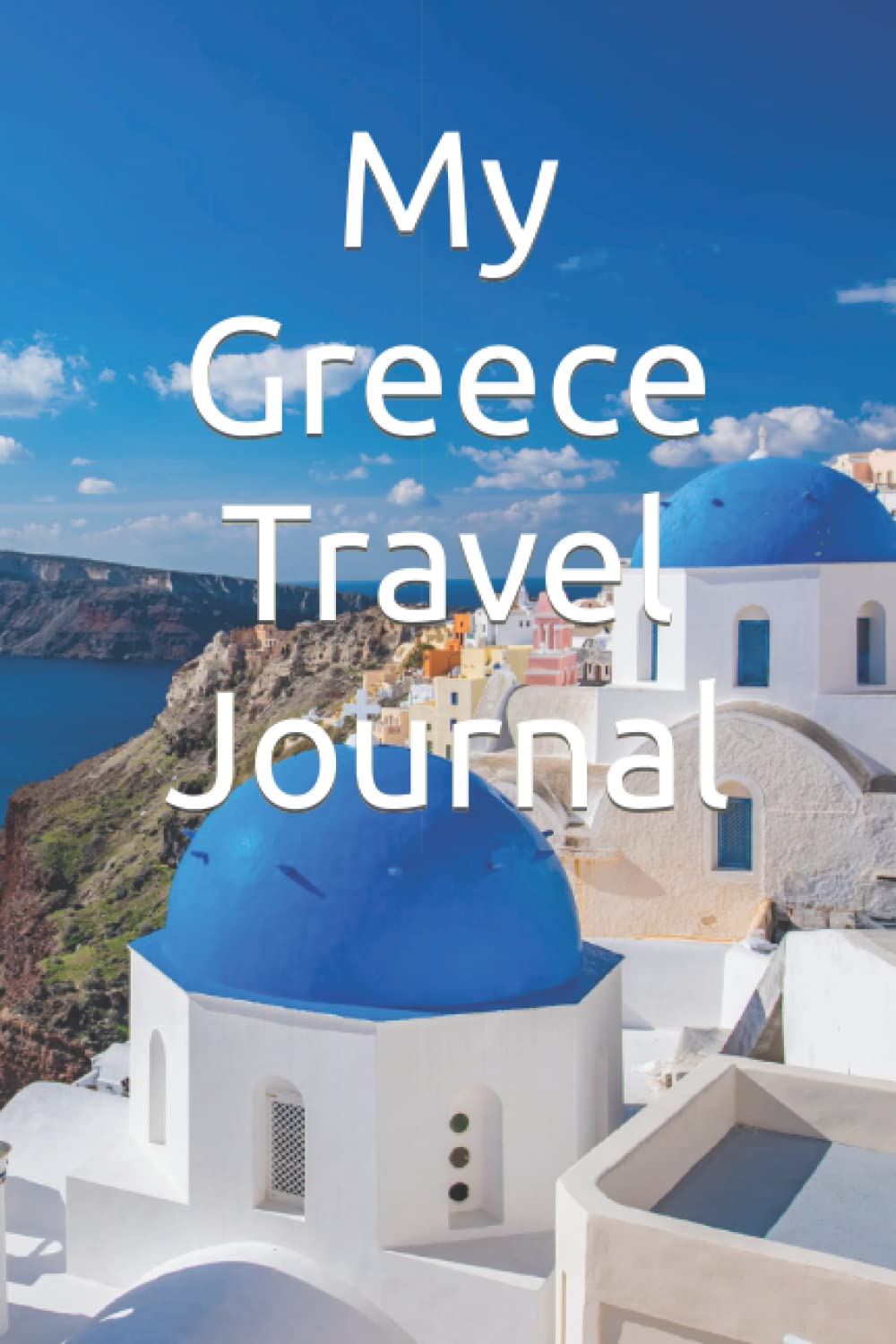Naxos
Cyclades
The lush island of Naxos is the largest of the Cyclades group, and one of the most fertile, with green valleys filled with olive groves and orchards. It is mountainous too, with Mt Zas in the south of the island rising to 1003m (3291ft).
Naxos has lots of excellent beaches, many of them deserted even at the height of the summer, and yet despite these attractions it has not yet been over-run with tourist development in the way some of the other Cycladic islands have
Naxos History
Naxos was one of the main centres of the Cycladic civilisation when it started to flourish from about 2800 BC onwards, and was one of the first islands to use marble for sculpture and architecture.
Naxian marble has been used in some of the finest kouros statues found, including several on display in the National Archaeological Museum in Athens, and for the Lion Terrace on Delos. It was subsequently conquered by the Venetians and later the Turks, both of them leaving their mark on the island.
Naxos Town
Naxos Town is busy port and a lively town, with bars and good restaurants both down round the harbour and up through the various neighborhoods to the Venetian kastro, which looks down on the town from behind its high walls. Below in the district known as Bourgos is the impressive 18th century cathedral of Zoödochou Pigis, which was actually built by using stone from older churches and an even older temple.
One of the oldest and most impressive sights in Naxos Town is the Portara Gateway, situated on the islet of Palatia, connected to the town by a causeway. This huge gateway was going to be the entrance to a Temple of Apollo, which was begun in 522BC but never completed. It is now frequently used as a symbol for the town and the island, and gives visitors arriving by ferry a dramatic greeting.
Read More: Best Things to Do on Naxos
There is an extensive collection of the island’s remains in the fascinating Archaeological Museum, which naturally includes a good number of the graceful carvings made during the Cycladic civilisation. The museum is also of interest for the building that houses it, a palace that was built in 1627 and later became the French School, one of whose pupils was the Cretan novelist Nikos Kazantzakis.
Exploring Naxos
Naxos is large enough to reward a long stay, allowing time to explore its natural charms such as the Livadi Valley, where the best Naxian marble was mined, the Melanes Valley, which contains some of the distinctive Venetian watchtowers, and the Tragaia Valley, with wonderful mountain villages and excellent walking country.
Of the resorts, Apollon is one of the most popular, not least for its choice of good fish restaurants. Another major attraction, though, is an unfinished statue, though to represent the god Apollo, which has been lying abandoned in the marble quarries on a hillside outside the village since about 600BC It is over 10m long and an imposing sight, also slightly sinister and strangely moving.
Must Read: Best Time to Visit Naxos
Getting to Naxos
Flights to Naxos
In summer there are 1-2 daily flights from Athens to Naxos on Olympic Air with a journey time of about 45 mins. There are also many direct charter flights in summer to Naxos from various European countries.
Ferries to Naxos
There are daily ferries between the Athens port of Piraeus and Naxos, with a journey time of 5hrs 30mins. There are regular ferries between Naxos and the other islands in the Cyclades, including Santorini (journey time about 2 hrs).
Ferries in Greece
Ferries in Greece has an excellent and very thorough website where, in addition to checking ferry schedules and times, you can also book tickets and get lots of useful information about travelling by ferry in Greece.
Latest Posts
-
Explore Vikos Gorge: Hiking, Rafting, and Food in Zagori
One of the most impressive canyons in Europe and one of Greece’s favorite mountain destinations, Vikos Gorge invites hikers and food lovers alike. -
Lefkada: The First Ancient Theater of the Ionian Islands Comes to Light
The first ancient theater ever discovered in the Ionian Islands is located in the heart of the ancient city of Lefkada, established before the end of the 7th century BC. -
5 Epic Island Hikes in Greece for Spring Explorers
This spring, five majestic peaks across Greece’s islands invite us to lace up our boots and discover a wilder side of island life. -
Greek Ferry Services to Halt on May 1 Due to Labor Strike
Ferries in Greece will remain docked for 24 hours on Thursday, May 1, as the Pan-Hellenic Seamen’s Federation (PNO) joins Labor Day mobilizations announced by the General Confederation of Greek Labor… -
Sifnos: Greece’s Hidden Culinary Star on the Rise
Sifnos, a Cycladic island, is gaining fame for its rich culinary heritage, especially the beloved melopita honey-cheese tart. -
Easter in the Mystical Castle of Monemvasia
In the castle town of Monemvasia, with its dramatic medieval backdrop and sea views, Easter is a deeply spiritual and atmospheric experience. -
Easter in Leonidio: A Tapestry of Light, Culture and Cliffs
In Leonidio, Easter comes alive with handmade hot air balloons in the sky and lanterns made from bitter oranges in the streets. -
The Lesser-Known Traditions of Greek Easter
Step off the beaten path this spring and discover the enchanting — and often surprising — Easter traditions found across Greece. -
April 9 Strike in Greece to Impact Public Transport, Ferries and Air Travel
Transportation and travel across Greece will face disruptions on Wednesday, April 9, as public transport, ferry and aviation workers join a nationwide strike called by Greek labor unions. -
Ancient Theater of Lefkada Brought Fully to Light Following Systematic Excavation
The Greek Culture Ministry has announced that the first ancient theater ever identified in the Ionian Islands has recently been brought fully to light on Lefkada, revealing an impressive monument that…



